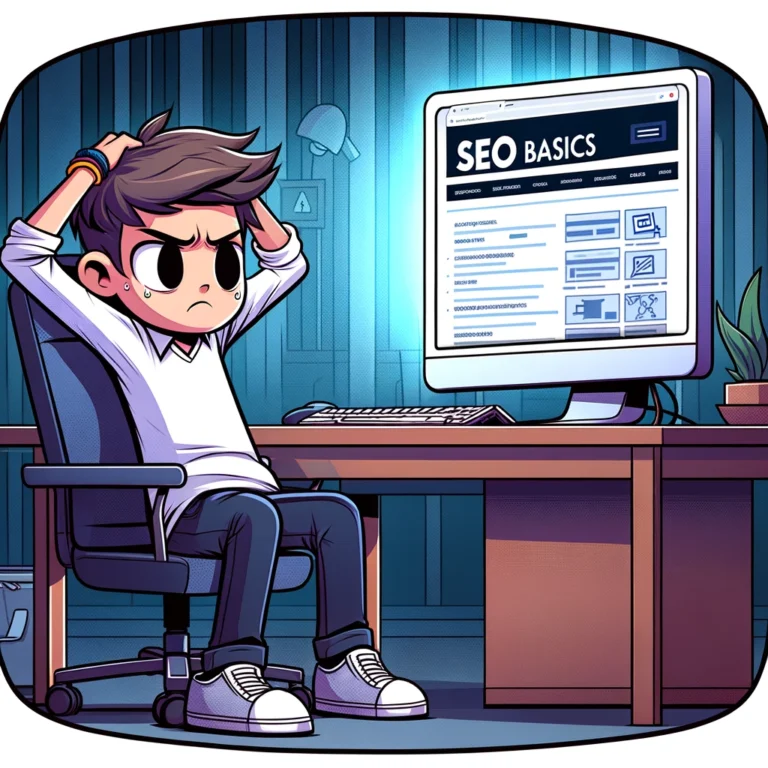Header tags are one of the essential components of SEO (Search Engine Optimization). They play a crucial role in organizing content and helping search engines understand the hierarchy and structure of a page. In this article, we will explore what header tags are, their significance in SEO, and how to use them effectively to boost your website’s visibility and ranking.
Understanding Header Tags
Header tags, from <h1> to <h6>, are HTML elements used to designate headings and subheadings within your content. The <h1> tag is typically used for the main title of the page, while the subsequent tags (<h2> to <h6>) denote subheadings in descending order of importance.
Importance of Header Tags in SEO
1. Improving Readability:
Header tags break up text to make it easier to read and navigate. This enhances the user experience, keeping visitors on your page longer, which can indirectly boost SEO rankings.
2. Highlighting Keywords:
Using relevant keywords in header tags emphasizes the content’s focus to search engines. This can help improve the page’s ranking for those keywords.
3. Structuring Content:
Search engines use header tags to understand the structure and content of a webpage. Well-organized content helps search engines index your site more effectively, improving SEO performance.
4. Facilitating Rich Snippets:
Header tags can also aid in creating rich snippets in search results. These snippets provide users with more information about the content and can increase click-through rates.
Best Practices for Using Header Tags
To make the most out of header tags for SEO, consider the following best practices:
1. Use One <h1> Per Page
The <h1> tag should be used for the main title of the page and should be unique to that page. It’s the first thing search engines will look at to determine what the page is about.
2. Include Keywords Strategically
While it’s important to include relevant keywords in your headers, they should feel natural and not forced. Overusing keywords can lead to penalties from search engines for keyword stuffing.
3. Maintain a Logical Structure
Use headers in a hierarchical order. Start with <h1>, followed by <h2>, and so forth. This structure helps search engines understand the relative importance of various sections of content.
4. Keep Headers Descriptive and Concise
Headers should clearly describe the section of content they headline. This not only helps SEO but also improves the user experience by making the content easier to scan.
5. Optimize for Mobile
Ensure your headers are optimized for mobile devices. Mobile-friendliness is a significant ranking factor, and headers should render well on smaller screens to maintain readability and engagement.
6. Use Headers to Enhance Accessibility
Headers play a critical role in accessibility by providing structure for screen readers. This makes your content more accessible to people with visual impairments.
Common Mistakes to Avoid
When using header tags, there are a few common pitfalls that you should avoid:
- Overuse of
<h1>Tags: Using more than one<h1>tag can confuse search engines about the focus of your page. - Skipping Header Levels: Jumping from an
<h1>to an<h3>can disrupt the flow and hierarchy, making it harder for search engines to follow. - Using Headers for Styling: Headers should be used for structuring content, not for styling text. Use CSS for styling instead.
Header tags are more than just formatting tools; they are vital for both SEO and user experience. By understanding and implementing the proper use of header tags, you can significantly enhance your website’s search engine visibility and usability. Remember to keep your headers logical, keyword-focused, and user-friendly to get the best results.
With consistent practice and attention to detail, header tags can be a powerful tool in your SEO arsenal. Start optimizing today and watch your site climb the ranks!

Advanced Tips for Leveraging Header Tags
Beyond the basic practices, there are some advanced strategies that can help you fine-tune the use of header tags for even better SEO outcomes.
7. Integrate Long-Tail Keywords
While primary keywords are crucial, integrating long-tail keywords into your headers can capture more specific search queries. These are often less competitive and can attract more qualified traffic.
8. Use Variations of Your Keywords
To avoid repetitiveness and keyword stuffing, use synonyms and variations of your main keywords in your headers. This not only helps keep your content fresh but also broadens the range of search queries your page can rank for.
9. Incorporate Questions
Using questions in your headers, especially in <h2> or <h3> tags, can be very effective. Questions naturally emulate how users perform searches, particularly with the rise of voice search.
10. Optimize for Featured Snippets
Header tags can play a role in securing featured snippets in search results. By structuring your headers around questions and answers or including list-style and how-to formats, you increase your chances of appearing in these valuable search positions.
11. Cross-Link Within Headers
If appropriate, include internal links within your headers. This not only boosts SEO by spreading link equity but also improves user engagement by directing visitors to other relevant content on your site.
Analyzing the Impact of Header Tags on SEO
To truly understand the effectiveness of your header tag strategy, it’s important to analyze your results. Here’s how you can measure the impact:
12. Monitor Your Rankings
Keep an eye on how your rankings change in relation to adjustments in your header tags. Tools like Google Analytics and Ahrefs can provide insights into how your header changes affect your SEO performance.
13. Use A/B Testing
Experiment with different header structures and monitor how they influence traffic and engagement. A/B testing can help you determine what works best for your specific audience.
14. Check User Engagement Metrics
Observe metrics such as time on page, bounce rate, and page views to assess how header tags affect user behavior. Improvements in these metrics can indicate a successful header tag strategy.
Staying Updated with SEO Trends
SEO is constantly evolving, and staying updated with the latest trends and guidelines is crucial. Here are a few tips:
15. Follow Industry Experts and Blogs
Keep up with SEO experts and authoritative blogs for the latest tips and updates. Websites like Moz, Search Engine Journal, and Neil Patel’s blog offer valuable insights.
16. Participate in Webinars and Workshops
Join SEO webinars and workshops to get firsthand knowledge from industry leaders. These can provide deeper insights into effective strategies and trends.
17. Regularly Review SEO Guidelines
Search engines like Google often update their guidelines. Regularly reviewing these can help ensure your header tag strategies remain compliant and effective.
Conclusion
Effective use of header tags is a fundamental aspect of SEO that can significantly influence your site’s visibility and user engagement. By following these detailed best practices and staying informed about SEO trends, you can ensure that your site not only ranks well but also meets the needs of your audience effectively. Embrace these strategies to make your content stand out and achieve better search engine rankings.



